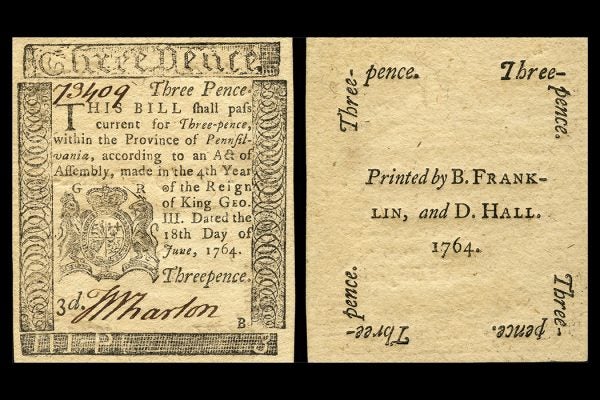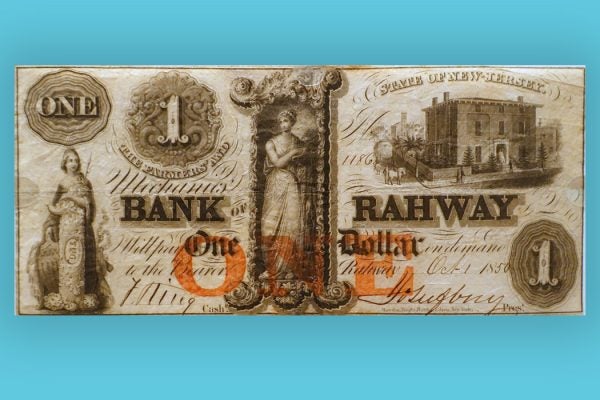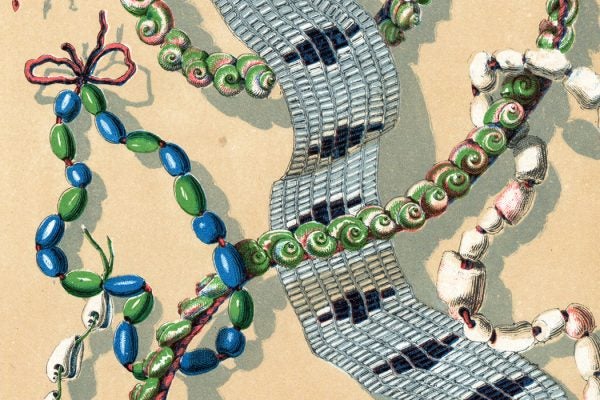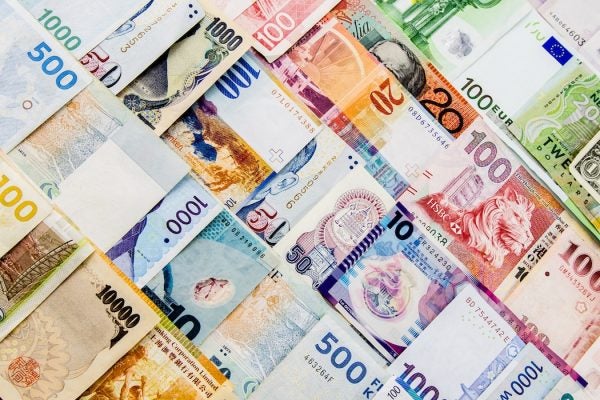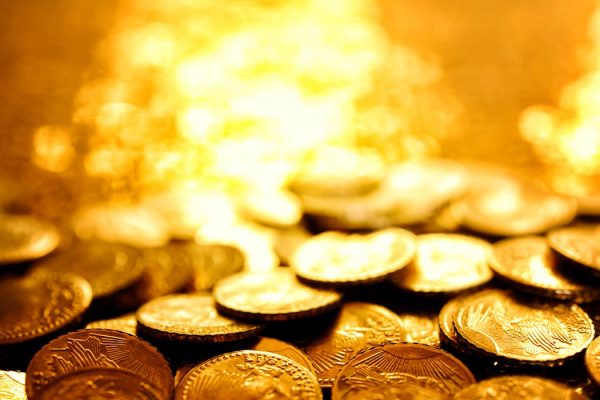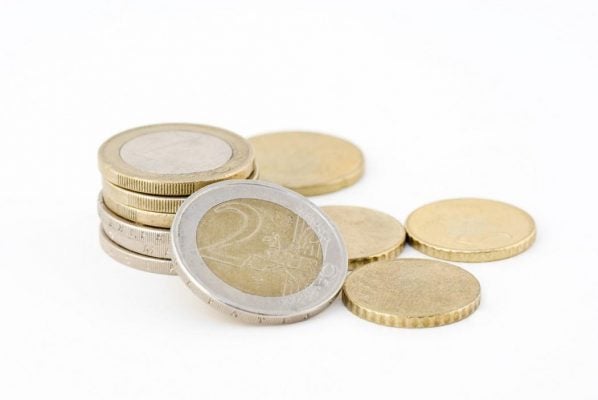Building an Economy on Paper Money
A shortage of coined currency led Pennsylvania to begin using paper money in the 1720s. The British didn't like it, but the colonists did.
Banks’ Own Private Currencies in 19th-Century America
Before the Civil War local banks issued their own money. It was totally legit, too.
Wampum was Massachusetts’ First Legal Currency
First Nations' seashell-derived wampum was Massachusetts' first legal currency, used as currency throughout northeastern America into the 19th century.
How Political Events Change Currency Value
What causes shifts in currency after a political event is, essentially, human expectations.
Paper Money Rebellion
The Currency Act of 1764 returned the restrictions of 1751: banning colonists from printing their own legal tender bills.
The Gold Standard is Bad Economics
Why, in the face of international economic ruin, did so many countries persist in maintaining the gold standard leading up to the Great Depression?
The Divisive Euro
In 1997, an economist looked at divided opinions about the Euro years before the currency was introduced.
